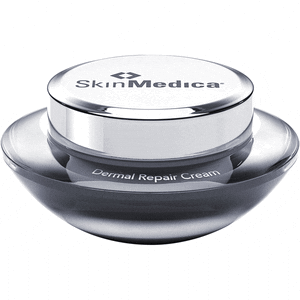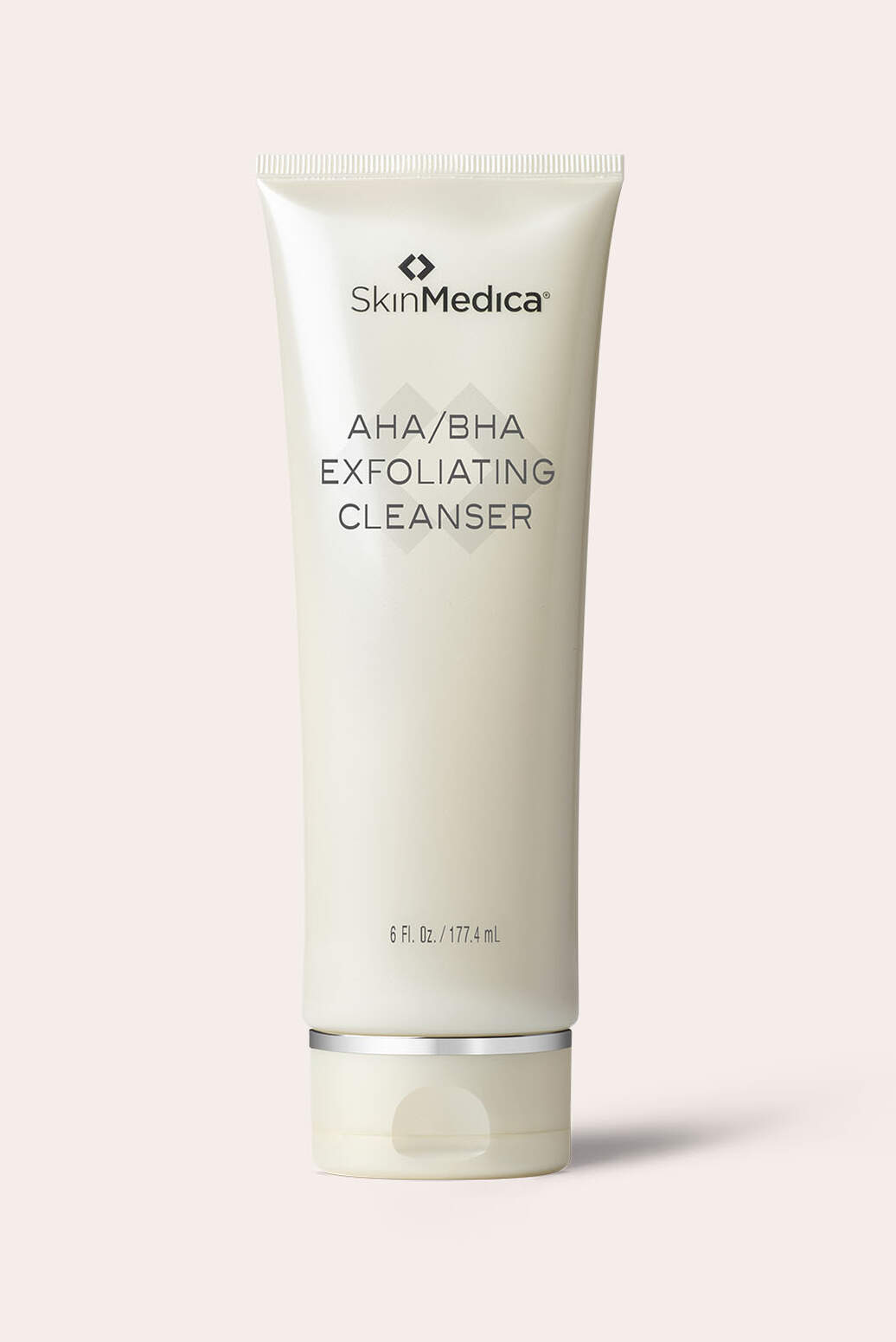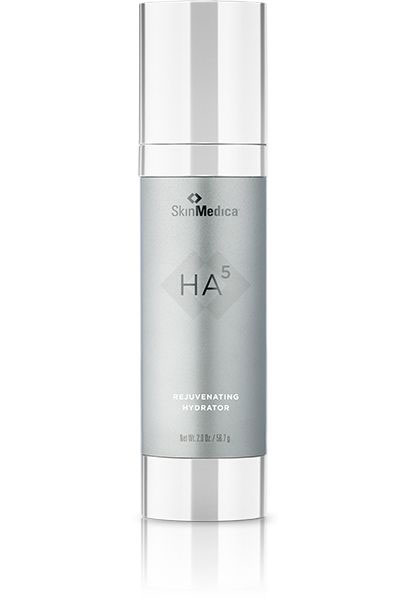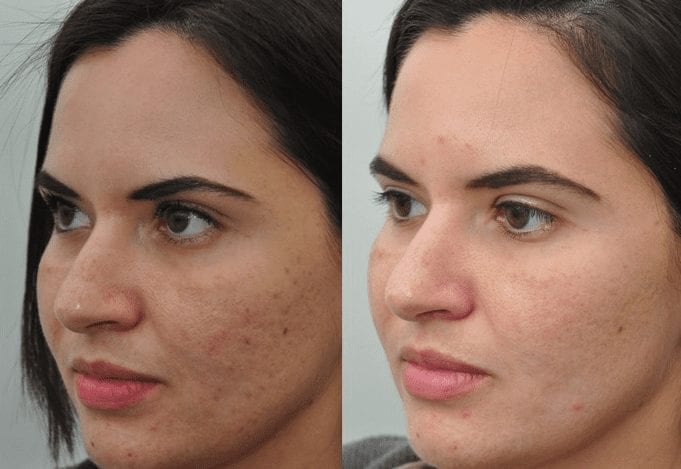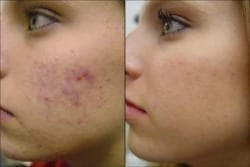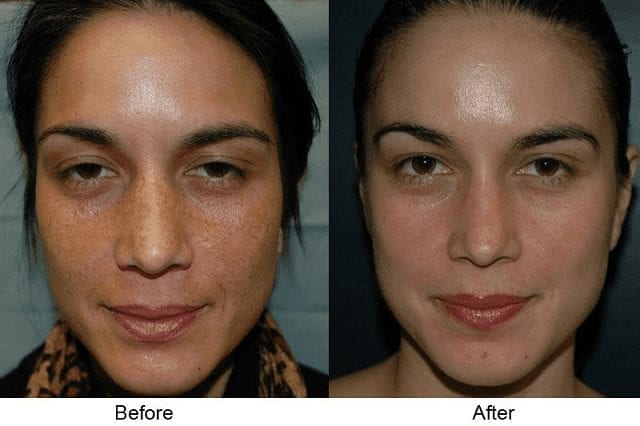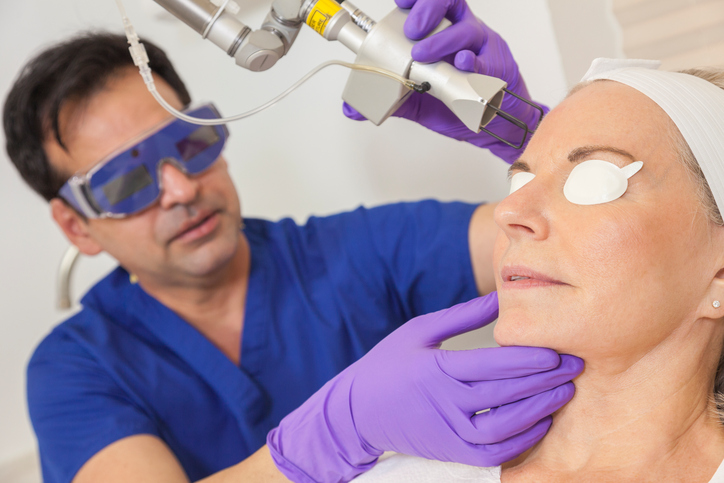Acne Treatment
SUDDENLY SLIMMER MED SPA | PHOENIX & SCOTTSDALE , ARIZONA
Suddenly Slimmer is proud to offer the latest medical treatments and products for Acne in Phoenix and Scottsdale Arizona! Family owned and operated since 1988!
Acne affects nearly 100% of the population at some point. For some, acne is mild and transient; for others, it can be severe and long lasting. Scarring from severe acne can be permanent and disfiguring (see section on Acne Scars). Acne usually begins around the time of puberty. Acne may improve after puberty, but for many, acne persists into and during middle age. Acne lesions form when the opening of oil glands (called sebaceous glands) in the skin become blocked. Trapped oil builds up within the gland, causing inflammation. The swelling within the oil gland can become so intense that the oil gland (and associated hair follicle) can rupture, leading to further inflammation. While the surge of hormones during puberty likely triggers this process, other factors such as stress, diet, and the influence of other hormones may also play a role. A bacterium called Propionibacterium acnes that is normally present on the skin likely plays a role in acne, but the precise link is still unclear. Any person with moderate or worse acne should be seen by one of our physician to discuss treatment options, because of the risk of permanent scarring.
Acne Treatment
Treatment for acne has improved dramatically in the last 2 decades. Effective over-the-counter medications include salicylic acid and benzoyl peroxide preparations. First line prescription acne treatment usually involves a combination of topical treatments, such as one of the retinoids (such as Retin A) and a topical antibiotic (such as benzoyl peroxide mixed with clindamycin). Common side effects are irritation and redness and you and our doctor will decide what is best for your individual needs. For acne that resists topical treatment, or for more severe acne, systemic treatments may be necessary. The tetracycline antibiotics are effective in many people. Erythromycin, Bactrim, and other antibiotics are second-line antibiotic therapies. However, long term antibiotic use can cause bacterial resistance in those who use them and should be used with caution. There are other side effects that must be discussed with the doctor. For women, oral contraceptives (“the pill”) may also improve acne. For adult woman with acne, other hormonal therapies may be considered. For severe acne that is associated with scarring, isotretinoin (Accutane) is prescribed. This drug is very effective and can cure acne but must be used very cautiously because of the risk of severe birth defects when taken during pregnancy. There are other common side effects (dry lips, peeling skin, etc) of isotretinoin that may limit its use as well. Some people believe that isotretinoin can lead to suicidal symptoms. This is controversial and should be discussed with the doctor.
Other Acne Treatment Options:
• Light therapy: Blue light therapy takes advantage of the fact that bacteria in the skin produce a product called porphyrin. Porphyrin can absorb blue light, leading to a chemical reaction in the skin that destroys the bacteria. Red light therapy can reduce inflammation in the skin which in turn improves acne. Acne lesions treated with light therapy tend to reoccur over 3-12 months. In one study, patients who had severe acne had no improvement compared to patients who had moderate acne who did improve. There have been no reported side effects.
• Laser therapy:
Although there are many different lasers available, only a few of them have successfully been used in the treatment of acne. For example, the pulsed-dye laser was tested in a randomized, double blinded controlled trial (the best kind of trial available) and was shown to significantly reduce acne after a single treatment with no serious side effects. The 1450 nm infrared laser has been used in one uncontrolled study and decreased lesion counts by 83% after three treatments. Temporary pain, redness, and swelling was reported in most patients. In patients with darker skin tones, hyperpigmentation (darkening of the skin) was reported.
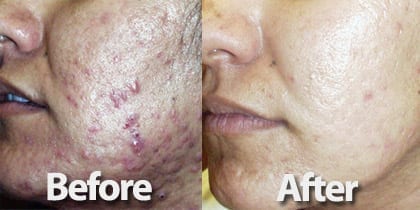
Photodynamic therapy (PDT): This therapy combines a drug (called a photosensitizer) that is preferentially absorbed by certain kinds of cells and a special light source. When used together, the photosensitizer and the light destroy the targeted cells. For acne, the hyperactive sebaceous glands are targeted. The photosensitizer, called amino-levulinic acid, is applied to the skin and is left on for a variable period of time. The skin is exposed to the light source (blue, red, or laser light) and the photosensitizer is then removed. Side effects include pain during the procedure and discoloration afterwards. • Radiofrequency therapy: A few studies have evaluated the effect of radiofrequency energy in the treatment of acne. One uncontrolled study reported a 75% improvement in 81% of the patients. Elamax, a topical anesthetic was used during the procedure for pain control. • Chemical peels: Chemical peels have long been used for facial rejuvenation and to reverse the signs of aging. More recently, they have been used for the treatment of acne. In one study of Asian patients, salicylic acid peels performed twice a week for 12 weeks significantly improved acne. • Microdermabrasion: In a few preliminary studies, microdermabrasion treatments have reduced acne lesions and improved the texture of the skin in the majority of patients. Offering the best Acne Treatments since 1988. Phoenix | Scottsdale | Ahwatukee| Chandler |Tempe Glendale | Peoria Mesa | Gilbert Paradise Valley | Arizona click here to book online! Read about our President Luzivone Damaceno ***Please be aware that with any wellness program, individual results may vary.


